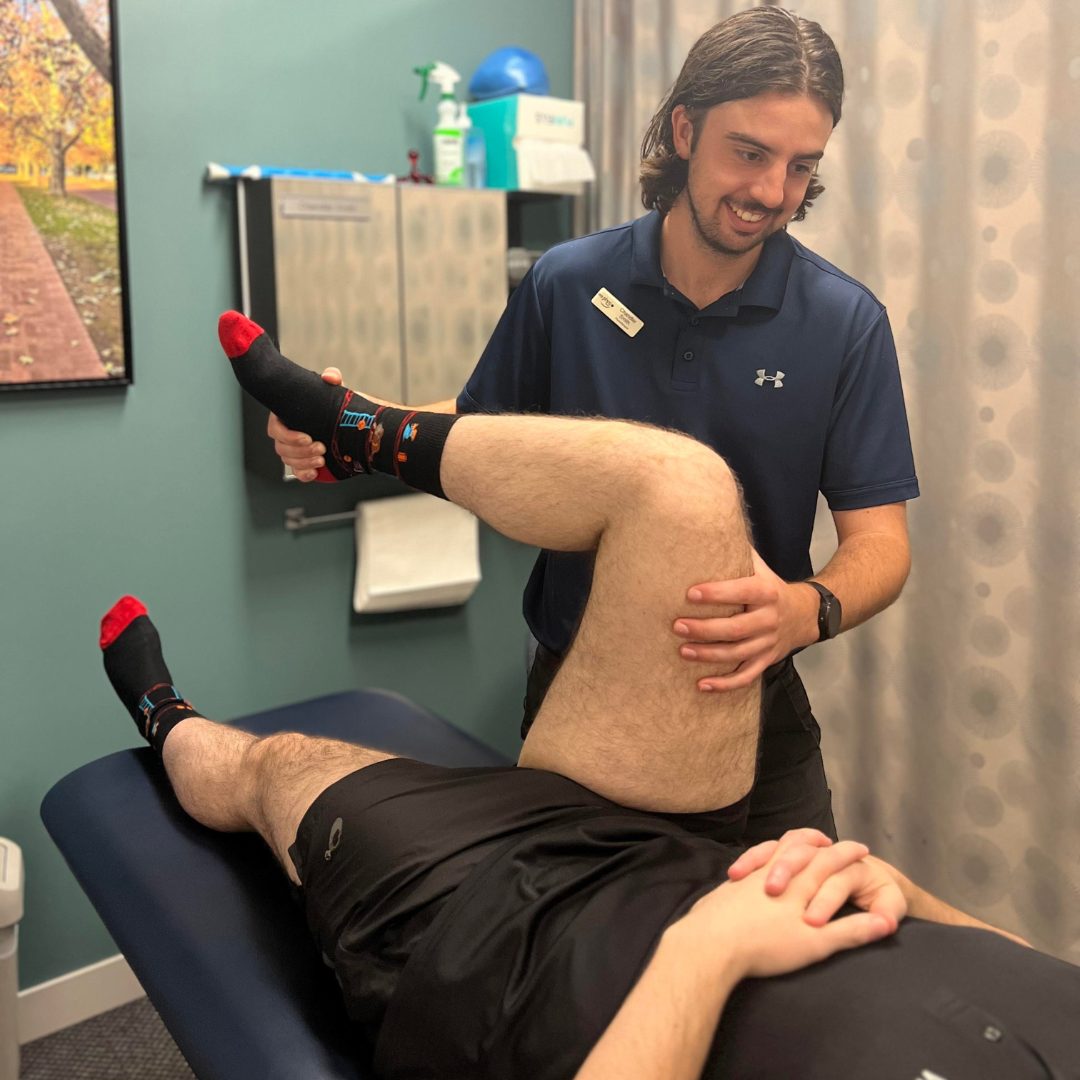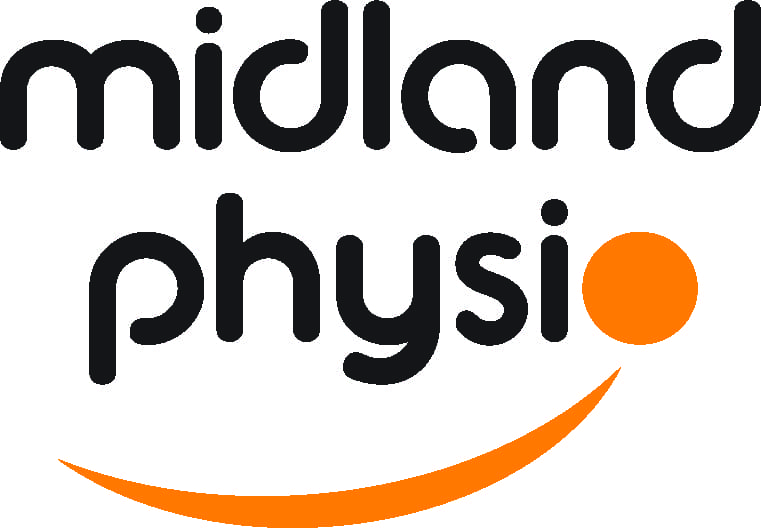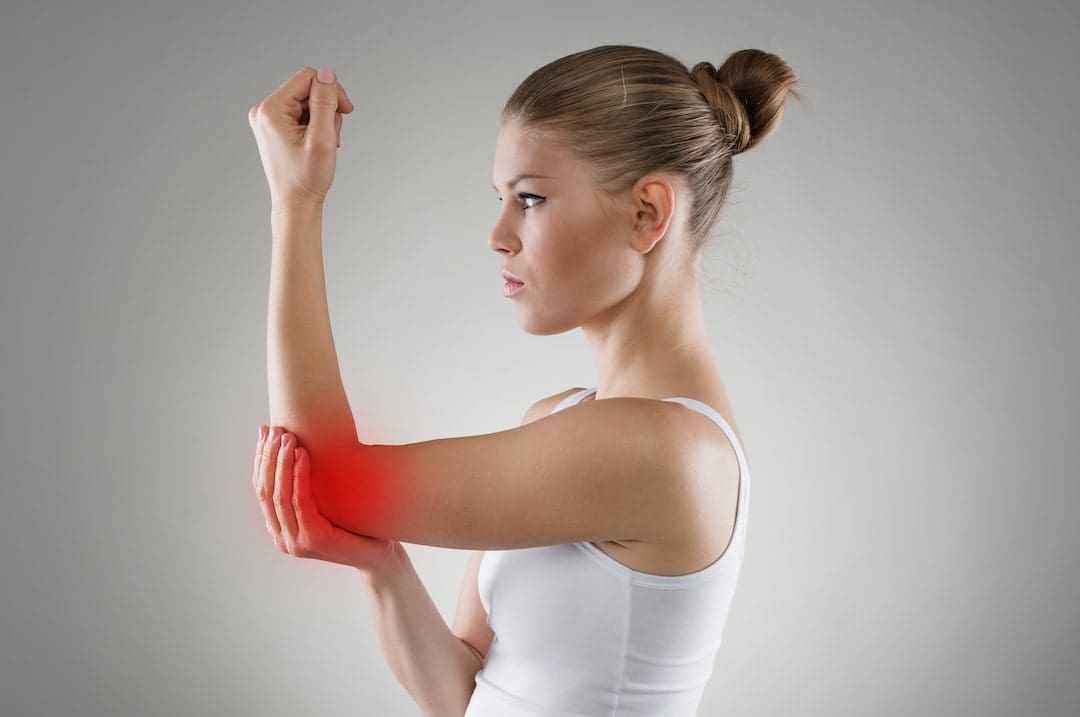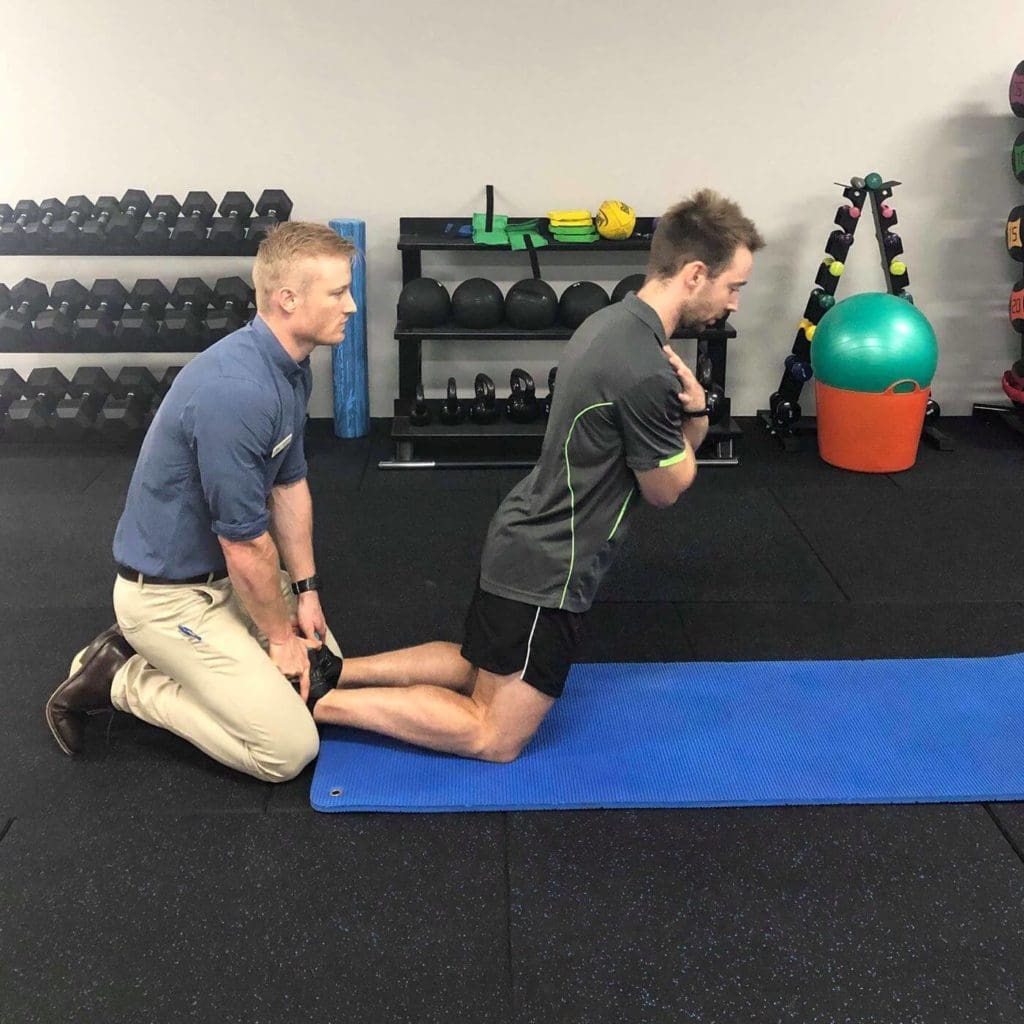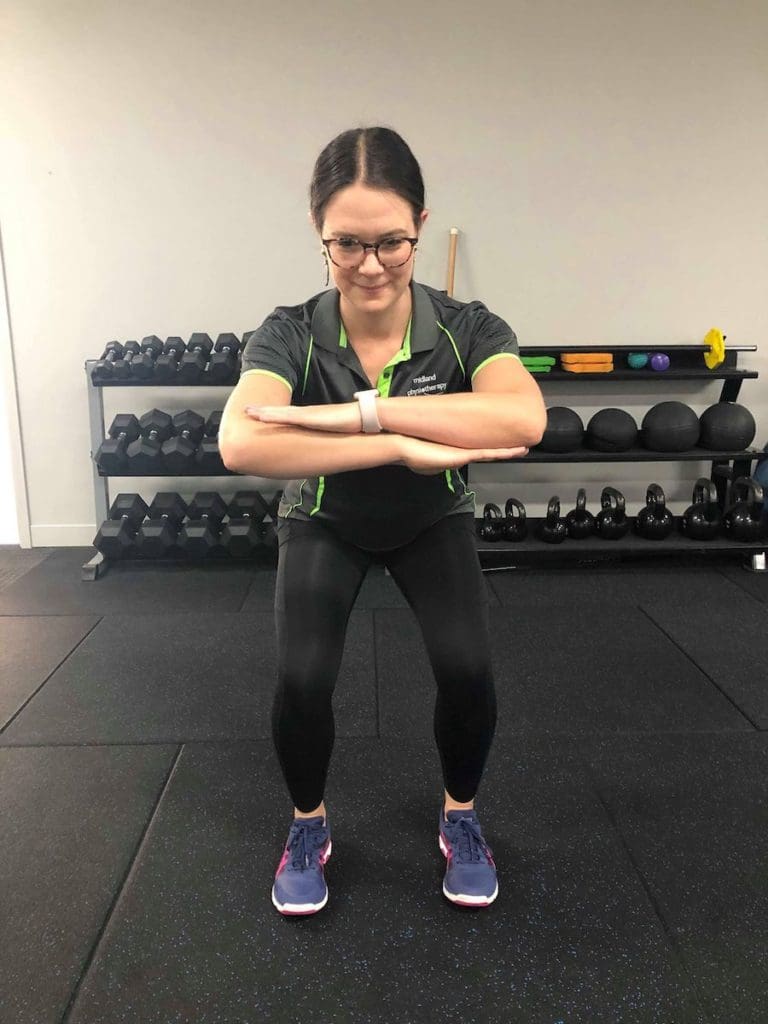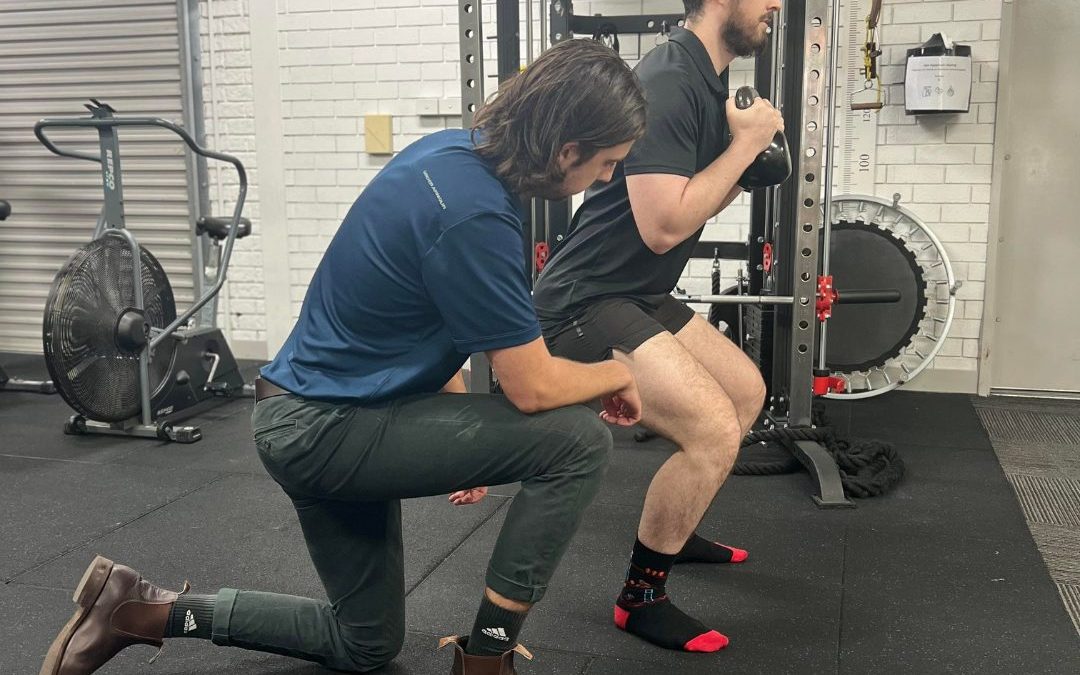
The meniscus is a small ‘C’ shaped structure situated deep within the knee joint, that is responsible for shock absorption and providing smooth joint function. Each knee has two menisci, medial and lateral.
Meniscus tears can be broadly categorised into two categories: Acute (recent onset) or chronic (long lasting).
The most common incident that results in an acute meniscus tear or sprain is a weight-bearing, twisting mechanism, on a bent knee. For example awkwardly twisting the knee while bending, or being tackled in a sporting match. Chronic meniscus tears form with much less trauma, generally in the elderly population with a background of degeneration.
Common signs and symptoms of a meniscus tear/sprain include:
- Pain deep within the knee
- Pain with the knee fully straight or bent
- Pain with twisting motions of the knee
- Episodes of ‘clicking’ and ‘catching’ within the knee
- Minimal-mild swelling near the patella (knee cap)
Physiotherapy plays a crucial role in the diagnosis and management of meniscus tears. With careful listening, combined with special orthopaedic testing techniques, we are able to accurately diagnose the presence of a meniscus tear, and provide the best line of treatment going forwards. Historically, meniscus tears were often operated on, to ‘clean up the tear.’ More recently, orthopaedic surgeons are steering away from managing surgically, and preferring conservative management through a strengthening program, run by physiotherapy. A strengthening program is designed to initially settle the symptoms, and then build the tolerance of the knee to help you return to pre-injury sport and function.
